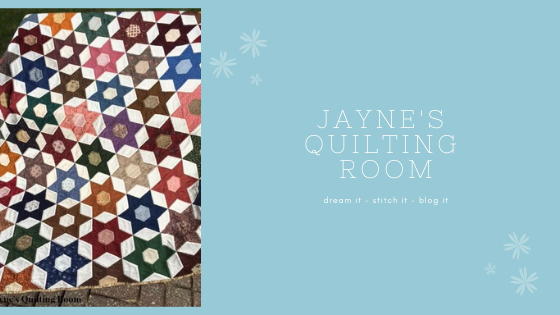Here are the steps of construction. First, each block needs 4 4-patch units.
Next, there are 4 flying geese units.
I am trying a technique I've never tried before on those flying geese units. Customarily, I cut away both excess fabrics when a the corner square is sewn diagonally onto the 2-1/2 x4-1/2 inch rectangle. This time, though, I am just cutting away the middle layer. This leaves the full rectangle intact, and really affords me greater precision when it comes to joining the two geese together with a crisp point. I like that. Since this quilt will most likely be machine quilted, I don't think the extra layer of fabric will make much of a difference, but it makes a huge difference in the accuracy with which my blocks are coming together. Here are a few shots of the flying geese units I've just described.
It's a bit hard to see the stitching on the back of the middle photo, but while I am sewing this step, I can see exactly where I need to place the needle to get the point just right.
One of my rules MUST be to use only the fabric in my stash. I prefer using what I have except in dire circumstances. In digging through the closets, bins, tubs and drawers, I found 2 fabrics that I might use for the alternate blocks and the side and corner triangles (blocks are set on point). Here is what I've decided for now. I figure I have time to change my mind, so it's tentative, but likely, I suppose.
The jury is still out. Opinions welcome.
Fabrics in the snowflake:
Navy paisley: Faye Burgos by Marcus Brothers
Neutral: Peace in the Country by Carole Endres and Benartex
Fabric for side and corner triangles:
Paisley: Butternut and Blue by Brackman and Thompson plus Culpepper Courthouse for Moda (what kind of name is that?)








It looks like a nice block. I love the two fabrics you've shown very much, especially the paisley. It's gorgeous.
ReplyDelete